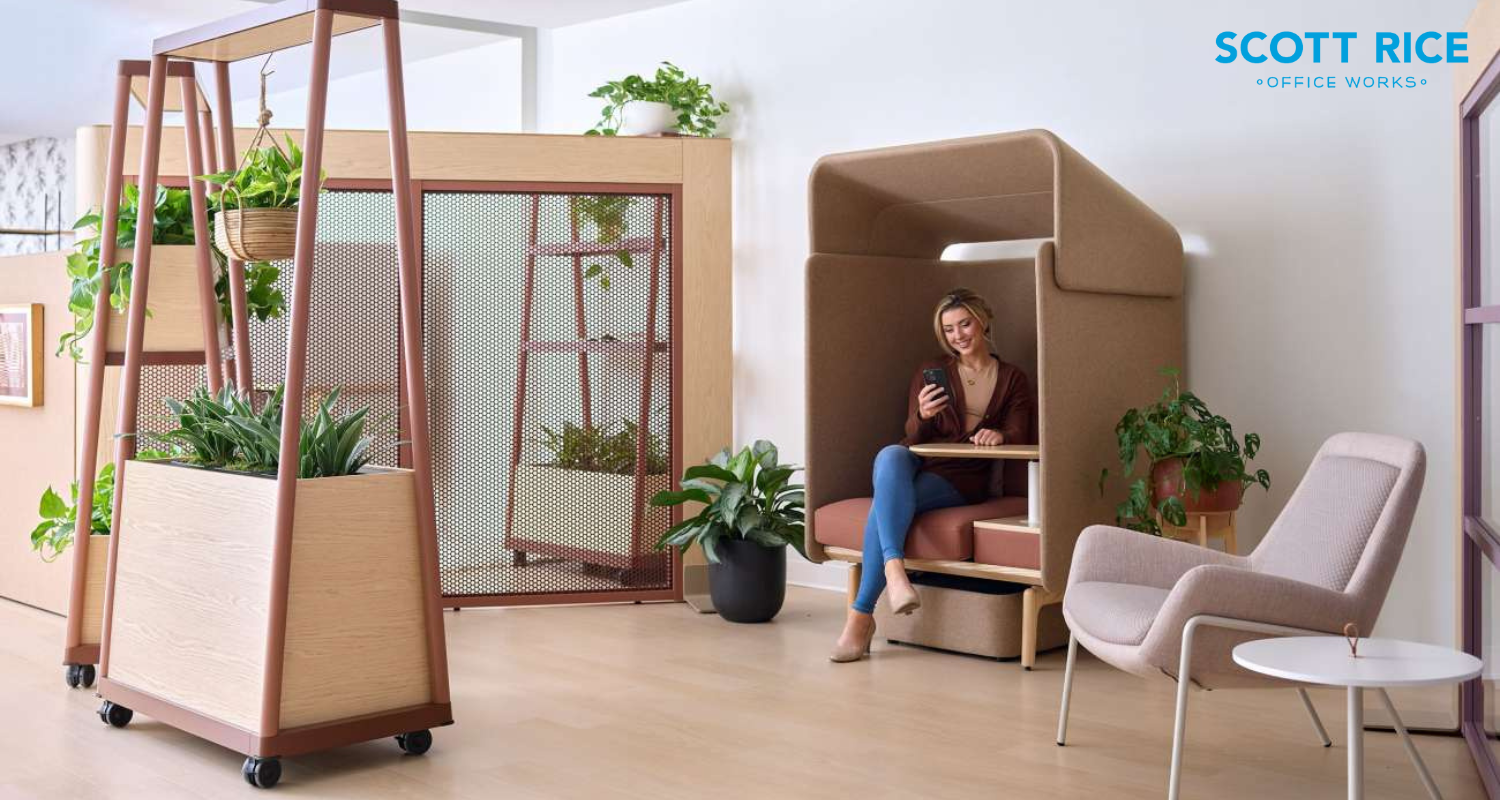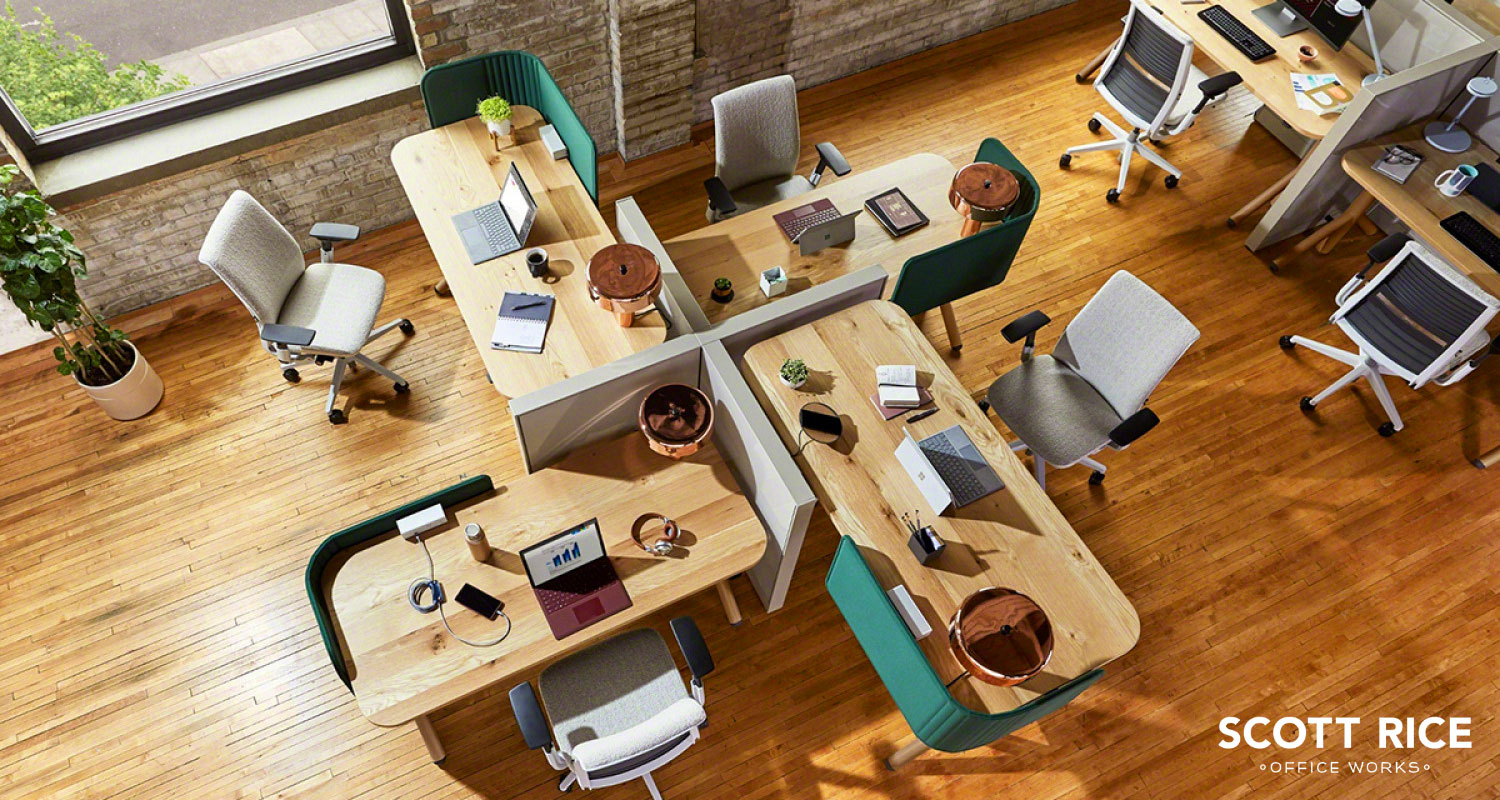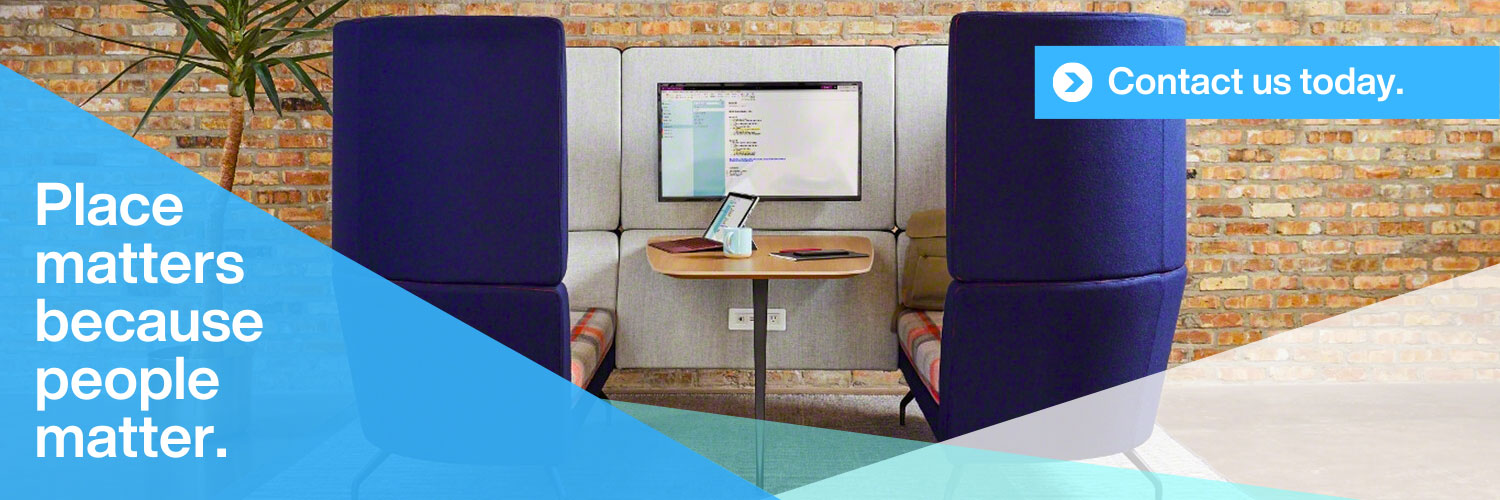Embracing the post-pandemic world calls for businesses to adapt. Many companies are now implementing hybrid work arrangements to give employees the freedom to work both remotely and in person. But how can you create an office environment that entices them to come in? Let’s discover the top design trends that will transform your workspace into a comfortable and inspiring place, Scott Rice.
How Many Offices Are Hybrid Now and How Are They Doing It?
Steelcase’s latest research reveals that employees are returning to the office, signaling a new era of hybrid work. But with 55% of employees still craving the flexibility of working remotely at least three days a week, adapting to the needs of both employees seeking more freedom and employers seeking collaboration can boost morale and productivity across the board.
Crafting a blend of spaces that cater to concentrated individual work in a cozy, home-like ambiance, while also offering dynamic and flexible areas for seamless group collaboration, harmonizes diverse preferences. By incorporating intentional technology solutions that blend remote work capabilities with the richness of in-person interactions, employers can weave a tapestry of inclusivity and flexibility into the very fabric of work culture. The result? Engaged employees who put in dedicated effort.

Headcount is important when designing with hybrid work in mind. Employers need to define their employees’ hybrid work preferences: the number of employees adopting this model, their weekly presence (fixed or flexible) and their interaction needs on-site. The goal is to create a space that supports the highest potential attendance by offering an array of work settings. Essential to this equation is having ample meeting spaces, spanning enclosed and open, as well as small and large, all equipped with the necessary technology to seamlessly facilitate hybrid meetings.
Designing Offices to Entice Workers to Return to Work
Given the diversity of individual objectives and desires, it’s important to curate a social setting that accommodates a spectrum of preferences. This entails various privacy levels, collaboration zones and an array of seating and standing alternatives. In the quest to lure employees back to the workplace, these three fundamental pillars emerge:
-
Privacy:
Finding the right balance between privacy and interaction is key, as people genuinely crave both. With 53% of employee time spent working alone, having the ability to focus and accomplish tasks becomes incredibly important.
-
Flexibility:
Employees desire a workspace that seamlessly accommodates focused tasks and interactions. This reflects a quest for autonomy, choice, control and a sense of belonging.
-
Comfort:
Creating an environment that reflects the comfort of one’s own home is a clever strategy. Incorporating natural lighting, ensuring privacy and introducing soft seating areas can draw employees in by offering familiarity and coziness.
In a world where remote interactions are constant, designing spaces that cater to both in-person and virtual engagement is essential. Design elements to prioritize include:
-
Technology:
The ability to seamlessly transition between in-person meetings and virtual collaboration is crucial. Ensuring technology is continuous throughout the office space enables quick and efficient communication, bridging the gap between on-site and remote employees. Additionally, educating the workforce on technology usage ensures that every individual can harness its potential to the fullest.

-
Color:
This transformative force in design has the ability to unify distinct spaces, creating a seamless flow throughout the office. Beyond this, color can also delineate zones with diverse purposes. Bright, vibrant hues might define high-energy meeting spaces, while muted tones could signal restful corners.
-
Simplicity:
When it comes to juggling the way things look and how they work, simple is best. If the building’s architecture is sophisticated and intricate, using simpler furniture can keep everything balanced. On the other hand, injecting warm wood tones and inviting fabrics into a minimalist environment can infuse a sense of comfort.
Best Office Design Ideas for Hybrid Work
A human-forward hybrid approach that intertwines various elements such as furniture, lighting and audio-visual systems can create a seamlessly integrated experience for participants, regardless of physical location. The strategic arrangement of furniture and equipment ensures that all individuals are captured within the field of view, fostering a sense of inclusivity.
Additionally, an adaptable office space meets the evolving demands of hybrid work dynamics while upholding functionality. By offering a diverse array of settings tailored to various work styles, the workspace becomes a versatile canvas, accommodating both solo and group endeavors. For example, cozy enclosed spaces with worktables or lounges, alongside open lounge areas that have adjustable screens for privacy, create a welcoming and stimulating atmosphere.
The incorporation of multifaceted spaces showcases different aspects of an employee’s day – from focused work zones to discreet phone booths and collaborative hubs. Intertwining these spaces with cutting-edge technology bridges the gap between on-site and remote colleagues, making collaboration smooth and boundary-free.

What Will Hybrid Offices Look Like in the Future?
The future of hybrid work intertwines with the rise of Generation Z, expected to make up nearly a third of the global workforce by 2025. Their distinctive preferences are already shaping the workplace, with Gen Z showing a propensity for in-office work compared to other generations.
Envisioning the evolution of hybrid office design entails a careful interplay of technology integration, spatial optimization and employee preferences. While the ever-expanding realm of technology provides the flexibility of remote work, there remains a strong demand for private spaces within the office. This situation calls for a balanced approach, wherein the open office plan is retained, but complemented with more secluded areas. This balance is driven by the natural inclination of younger generations to seek intimate settings for confidential dialogues with peers or superiors.
Companies seem to be navigating two distinct paths:
-
Downsizing physical spaces:
This involves providing compact, on-demand workspaces for employees, coupled with strategically designed meeting zones that foster collaboration and rekindle corporate culture.
-
Substantial makeover:
This path entails a significant overhaul of existing office layouts to enhance in-person collaboration and collective productivity.
In summary, the hybrid office of the future encapsulates a harmonious blend of adaptable design, technological prowess and an understanding of the evolving needs and desires of the workforce.
Upgrade Your Modern Office Design with Scott Rice
Maintaining a welcoming aesthetic is essential as hybrid workplaces gravitate towards open designs and easily reconfigurable furniture. At Scott Rice, we go beyond aesthetics to achieve your business objectives through design. Our curated spaces embody authenticity, culture and community, fostering environments that propel dialogue and progress. With the optimal fusion of workspace solutions, you can forge spaces that nurture interaction and advancement.
Feeling unsure of where to embark on this journey? Our team is poised to deliver a design resolution that harmonizes with your business goals. There’s no need to delay – elevate your workspace, empower your team and amplify your success through impactful office design. Don’t hesitate to reach out today and embark on this transformative endeavor!

-

